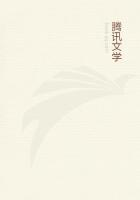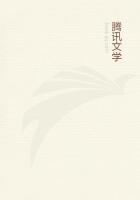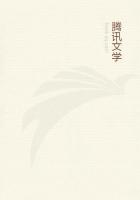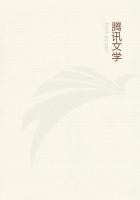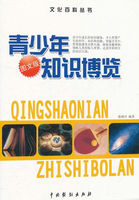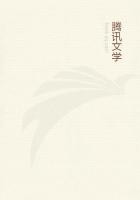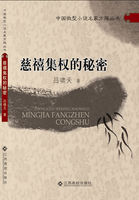With Smith, in No. 3, the raw material (material not worked up, semi-finished products, auxiliary substances) does not figure on the one hand as a component part embodied in the productive capital, but actually only as a special kind of use-values of which the social product can at all consist, as a special kind of commodities existing alongside the other material constituent parts, means of subsistence, etc., enumerated under Nos. 2 and 4. On the other hand these materials are indeed cited as incorporated in the productive capital and therefore as elements of it in the hands of the producer. The confusion is evidenced by the fact that they are partly conceived as functioning in the hands of the producer ("in the hands of the growers, the manufacturers, etc."), and partly in the hands of merchants ("mercers, drapers, timber-merchants"), where they are merely commodity-capital, not component parts of productive capital.
Indeed, Adam Smith wholly forgets here, in enumerating the elements of circulating capital, the distinction -- applying only to the productive capital -- between fixed and circulating capital. He rather places commodity-capital and money-capital, i.e., the two forms of capital typical of the process of circulation, in opposition to the productive capital, but that quite unconsciously.
Finally, it is a striking fact that Adam Smith forgets to mention labour-power when counting off the constituent parts of circulating capital.
There are two reasons for this.
We have just seen that, apart from money-capital, circulating capital is only another name for commodity-capital. But to the extent that labour-power circulates in the market, it is not capital, no form of commodity-capital.
It is not capital at all; the labourer is not a capitalist, although he brings a commodity to market, namely his own skin. Not until labour-power has been sold, been incorporated in the process of production, hence not until it has ceased to circulate as a commodity, does it become a constituent of productive capital -- variable capital as the source of surplus-value, a circulating component part of productive capital with reference to the turnover of the capital-value invested in it. Since Smith here confuses the circulating capital with commodity-capital, he cannot bring labour-power under the head of circulating capital. Hence the variable capital here appears in the form of the commodities the labourer buys with his wages, viz., means of subsistence. In this form the capital-value invested in wages is supposed to belong to circulating capital. That which is incorporated in the process of production is labour-power, the labourer himself, not the means of subsistence wherewith the labourer maintains himself. True, we have seen (Buch I, Kap. XXI) [ English edition: Ch. XXIII. -- Ed .]
that from the point of view of society the reproduction of the labourer himself by means of his individual consumption is likewise part of the process of reproduction of social capital. But this does not apply to the individual, isolated process of production which we are studying here.
The "acquired and useful abilities" (p. 187) which Smith mentions under the head of fixed capital are on the contrary component parts of circulating capital, since they are "abilities" of the wage-labourer and he has sold his labour together with its "abilities."It is a great mistake on the part of Adam Smith to divide the entire social wealth into 1) a fund for immediate consumption, 2) fixed capital, and 3) circulating capital. According to the above, wealth would have to be divided into 1) a consumption-fund which does not form any part of functioning social capital although parts of it can continually function as capital; and 2) capital. Accordingly one part of the wealth functions as capital, the other as non-capital, or consumption-fund. And here appears the absolute necessity that all capital be either fixed or circulating somewhat like the natural necessity that a mammal be male or female. But we have seen that the antithesis between fixed and circulating capital applies solely to the elements of productive capital, that consequently there is besides these a considerable amount of capital --commodity-capital and money-capital -- exists in a form in which it can be neither fixed nor circulating.
Inasmuch as under capitalist production the entire mass of social products circulates in the market as commodity-capital, with the exception of that part of the products which is directly used up again by the individual capitalist producers in its bodily form as means of production without being sold or bought, it is evident that not only the fixed and circulating elements of productive capital, but likewise all the elements of the consumption-fund are derived from the commodity-capital. This is tantamount to saying that on the basis of capitalist production both means of production and articles of consumption first appear as commodity-capital, even though they are intended for later use as means of production or articles of consumption, just as labour-power itself is found in the market as a commodity, although not as commodity-capital.
This accounts for the following new confusion in Adam Smith. He says:
"Of these four parts" (of the "circulating" capital, i.e., of capital in its forms of commodity-capital and money-capital belonging in the process of circulation, two parts which are turned into four by the material distinctions Adam Smith makes between the constituent parts of commodity-capital) "three -- provisions, materials, and finished work, are either annually or in a longer or shorter period, regularly withdrawn from it and placed either in the fixed capital, or in the stock reserved for immediate consumption. Every fixed capital is both originally derived from, and requires to be continually supported by, a circulating capital.


